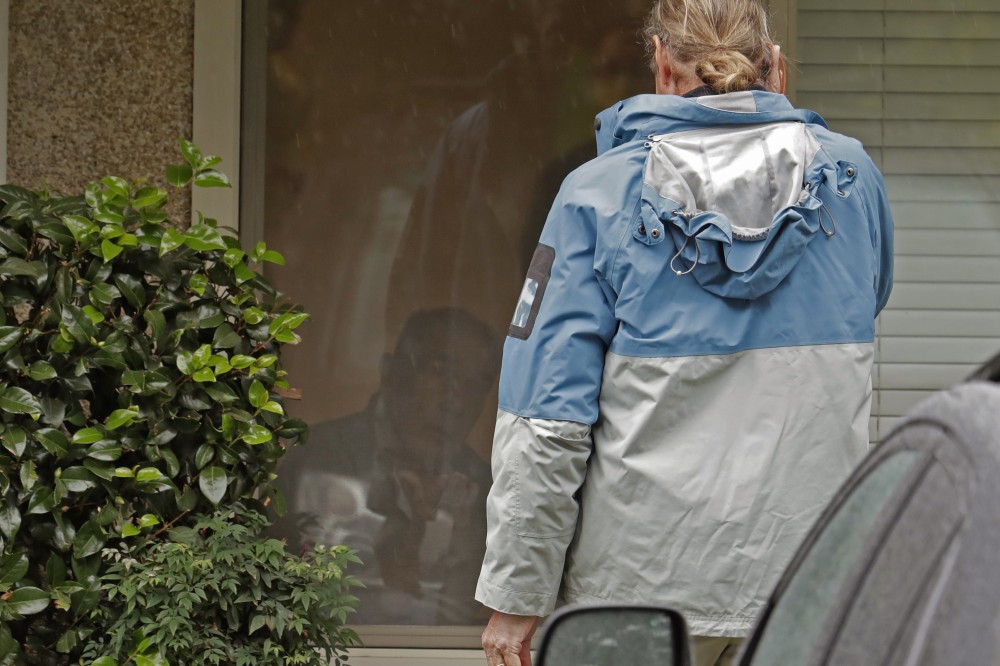What sobriety looks like in a time of crisis

On March 14, six days before New York governor Andrew Cuomo implemented a shelter-in-place order for the state, effectively shutting down all nonessential services, Reagan Reed was notified that 50 Alcoholics Anonymous meetings had been canceled across New York City’s metropolitan area. As executive director of the Inter-Group Association of AA of New York (NYIG), an umbrella organization for the area’s 6,000 AA chapters across the five boroughs and surrounding counties, it was her job to update the website’s event page.
Across the city, cancellations of AA meetings climbed to 600—there were so many that Reed had to hire someone to automate the site updates—as chapters complied with health guidelines from the Centers for Disease Control and Prevention to end large gatherings.
Alcoholics Anonymous was established in 1935 to offer support for alcoholics as they attempt to manage their addiction. It’s the largest alcoholism recovery organization in the United States, including an estimated 1.3 million members and 66,000 chapters. Chapters meet regularly and abide by a recovery program of 12 steps, which focus on introspection and reconciliation, to overcome the desire to return to drinking.





